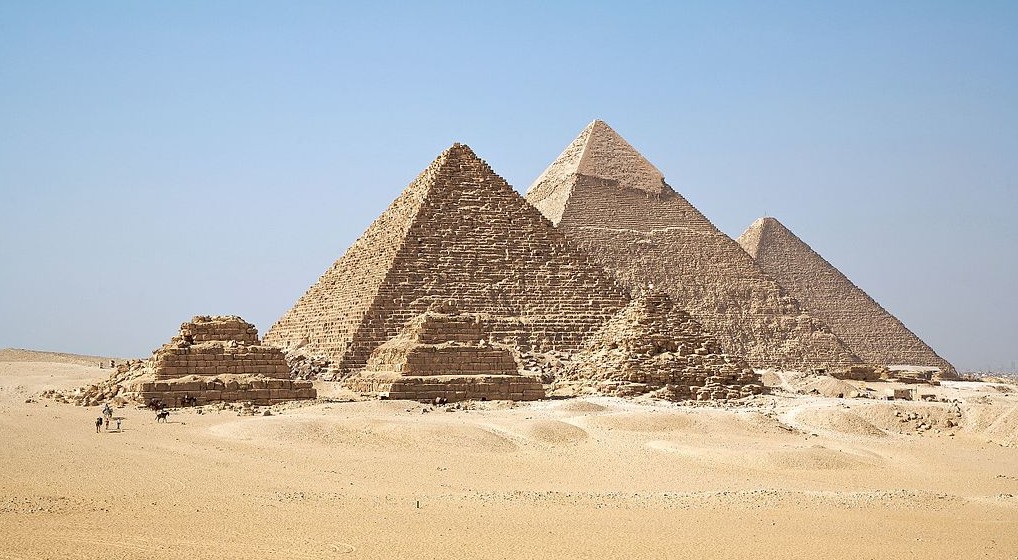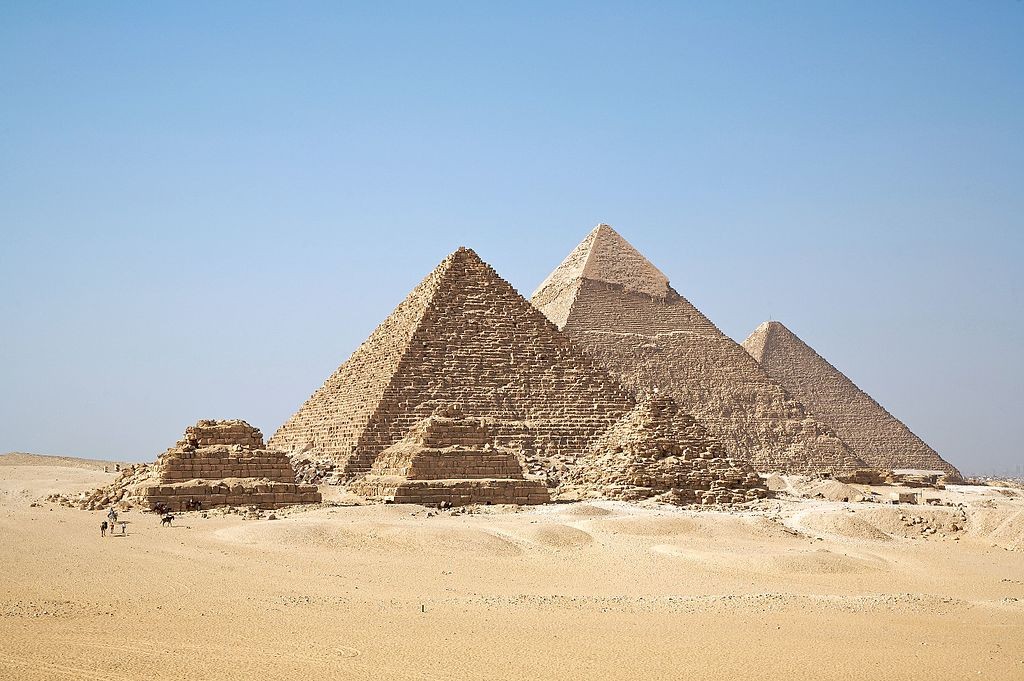Keep digging for answers, because these historical finds make zero sense.
Cocaine in Ancient Egypt?
How could Egyptian mummies—ranging from 800 to 3,000 years old—have traces of cocaine and tobacco in their hair, skin, and bones? Cocaine and tobacco come from plants that grew only in the still-undiscovered New World and weren’t accessible to Egyptians. Tobacco wasn’t introduced to the Old World until the Arawak tribe gave some to Columbus in 1492.
After scientist Svetlana Balabanova made the strange discovery at the Egyptian Museum in Munich, she tested hundreds more mummies from the Old World. Interestingly, cocaine was found only in the Munich museum’s mummies. Some experts speculated that reckless, cocaine-using archaeologists there had contaminated the bodies. The tobacco, though, was a bigger mystery. A third of the mummies Balabanova studied contained nicotine, and evidence of tobacco had been found in the stomach of King Ramses II and in King Tut’s tomb. But no one can say for sure how it got there.
A Biblical Tablet in New Mexico?
According to the Bible, Moses climbed Mt. Sinai in Egypt, where God gave him the Ten Commandments. But was Moses ever in New Mexico?
That’s where, in the 1930s, a 90-ton rock carved with the Ten Commandments in ancient Hebrew was discovered near Los Lunas. The find baffled archaeologists and historians alike. The Hebrew inscription also contains Greek letters, which led some to conclude that ancient Samaritans wrote it. One problem: Samaritans lived on the other side of the planet; some characters on the rock had been used as far back as the seventh century B.C., long before explorers set foot in the New World.
It may seem like a hoax, but a geologist dated the rock and the carvings at 500 to 2,000 years old. That puts it in pre-Columbian times, when the only people known to live in that region were Native Americans…who had no way of knowing ancient Hebrew or Greek.
So who did carve the rock? And who put it there? It remains a mystery.
Nan Madol: A Floating Atlantis
Around 1,000 years ago, in Micronesia, a tribe known as the Saudeleur conquered the island of Pohnpei and then built the city of Nan Madol…in the ocean on top of coral reefs. Workers quarried nearly a million tons of basalt blocks, some weighing 100,000 pounds, and transported them offshore—forming 92 artificial islands across 200 acres, complete with columns, huge walls, and underwater tunnels. They connected the islets via a complex series of viaducts and canals.
For 500 years, Nan Madol was a major hub that served as a temple, the seat of Pohnpei’s government, and home to the society’s elite. Still, no one knows how humans were able to engineer this archaeological wonder in an era before construction machines, diving gear, and concrete. (The Pohnpeians’ explanation: A sorcerer built the city.)










